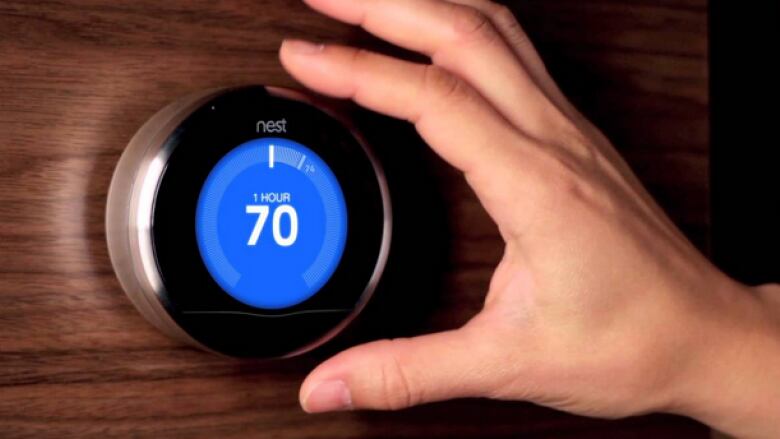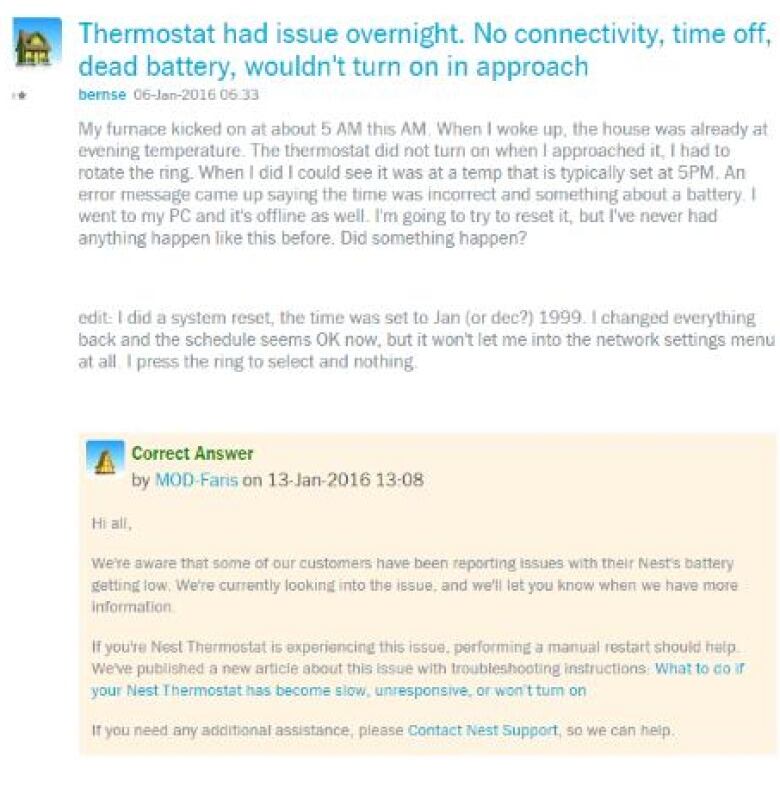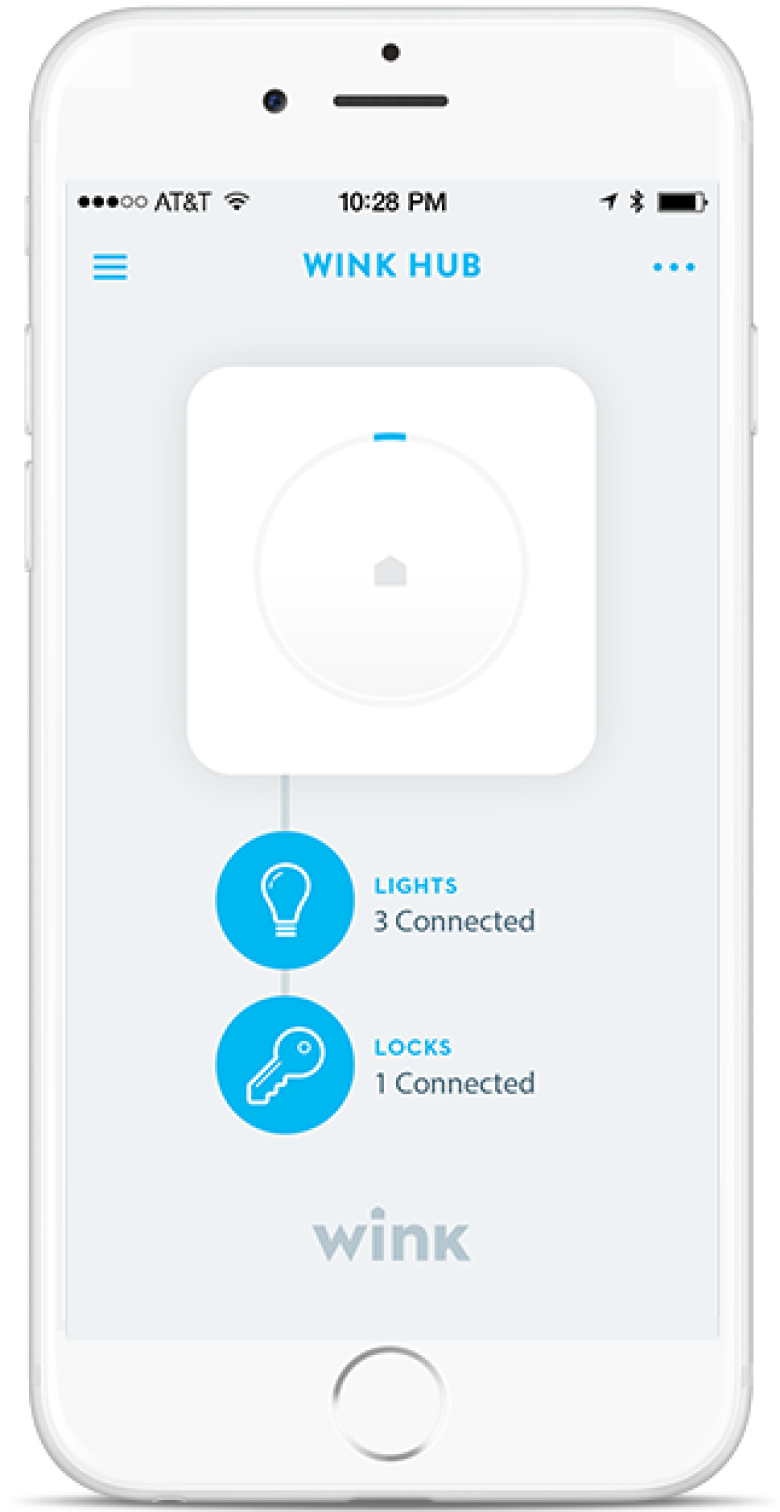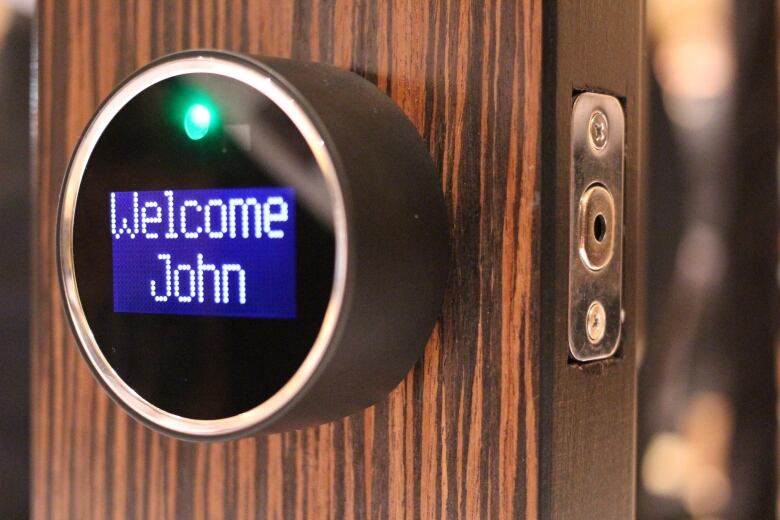Nest smart thermostat outages highlight issues with smart home technology
Internet connected home gadgets don't always fail gracefully, Dan Misener reports

Early adopters of smart-home technology may find themselves outin the cold when something goes wrong.
That happened to owners of theinternet-connectedNest thermostatrecently when the gadgets failedand their home temperatures plunged in the middle of winter.
The smart thermostat is designed to automatically adjust the temperature of your home based on your preferences and whether you're home or not. It also allows you to control the temperature remotely over the internet. Of course, all thatis when it's working properly.
CBC Radio technology columnist DanMisenerexplains whathappens when the connected homedisconnects.
What happened with Nest's thermostats?
We don't have a full explanation of what happened, but earlier this month, a number of Nest users complained of issues on the company's online support forum.
Some said their thermostat was unresponsive.Others said they woke up to a completely drained battery.Other thermostats apparently lost connectivity altogetherandwent offline.

One Nest owner, Colin Dean, told me hewas at work when his Nest failed. Buthis girlfriend was at home at the time, and she sent him a text, wondering why their home was so cold.
"So I popped on my phone and looked at the Nest, and it said 'offline,'" Dean said."I got on my computer and looked at it, and it said'offlinefor 11 hours.'"
Of course, a home with no heat during a January winter in Canada can present a problem.
And it points to thebigger picturetoo more and more products need to beconstantly connected, and they do not always fail gracefully.
How has Nest responded?
On their website, theysuggested affected customers manually recharge and restart their devices not a simple process, as I found outmyself a few months ago.
There are ninedifferent steps, which includeremovingthe Nest from the wall, rechargingit with a USB cable for 10 minutes, unplugging it, pressing down on the middle of the thermostat, plugging it back in for an hour to let it charge up, and so on.
As for why this happened, Nest blames a software update. In an interview with the New York Times, Nest's co-founder said that a software update back in December contained a bug, but that the bug didn't show up until January.
Have other smarthome technologies had issues?
A company called Wink had a major issue in May of 2015.

Theypushed out a software update last spring that turned many of their customer's hubs into bricks. Thehubs lost their connection to the internet for an extended period of timeand basically just stopped working.
Nest itself has had issues going back as far as 2014, when it had to put a stop to the sale of smoke alarmsdue to a defect that could allow users toturn them off unintentionally.
There have also beenhigh-profile Nest outages in the past few monthsone back in September, another in October, then more connectivity issues this month, in addition to the battery issues.
Some of these outages were widespread, affecting all customers. Others were smaller, and impacted a small percentage.
But given that Nest sells items likeinternet-connectedsmoke detectors, thermostats, and security cameras, any downtime can be a significant issue for users.
How can smarthome companies do a better job of dealing with outages?
Outages will happen no consumer-grade smart home device is going to work perfectly 100 per centof the time, nor is any internet connection 100 per cent reliable. And software updates sometimes come with bugs.
That all means smart-home devices need to have counter-measures for when they do, inevitably,fail.

Customer communication is another essential piece. Back in September, Nest's vice-president of engineering promised to do a better job of letting customers know about outages.
Nest customer Colin Dean agrees that's needed.
"Oh yeah, Nest should practically be grovelling in front of customers because of this," he said.
"Software's hard, it's hard to flush out all the bugs, but when bad stuff happens, you've got to grovel, and you've got to make it right."
Will we see more smart home failuresin the future?
It seems very likely.Judging by the number of internet-of-things products on display at this year's Consumer Electronics Show, we're going to see a lot more of this kind of thing.
But we may alsosee the rise of a counter-trend, which is a move backto old-fashioned, non-connected, non-smart devices what some people are referring to as"strategic downgrading."
That sort of thing happens when early adopters decide that a new technology is too fussy, or not worth the trouble. They switch back to a previous generation of a product that might not have all latest features,but is better suited to their needs, or more reliableor fails more gracefully.












_(720p).jpg)


 OFFICIAL HD MUSIC VIDEO.jpg)
.jpg)



























































































